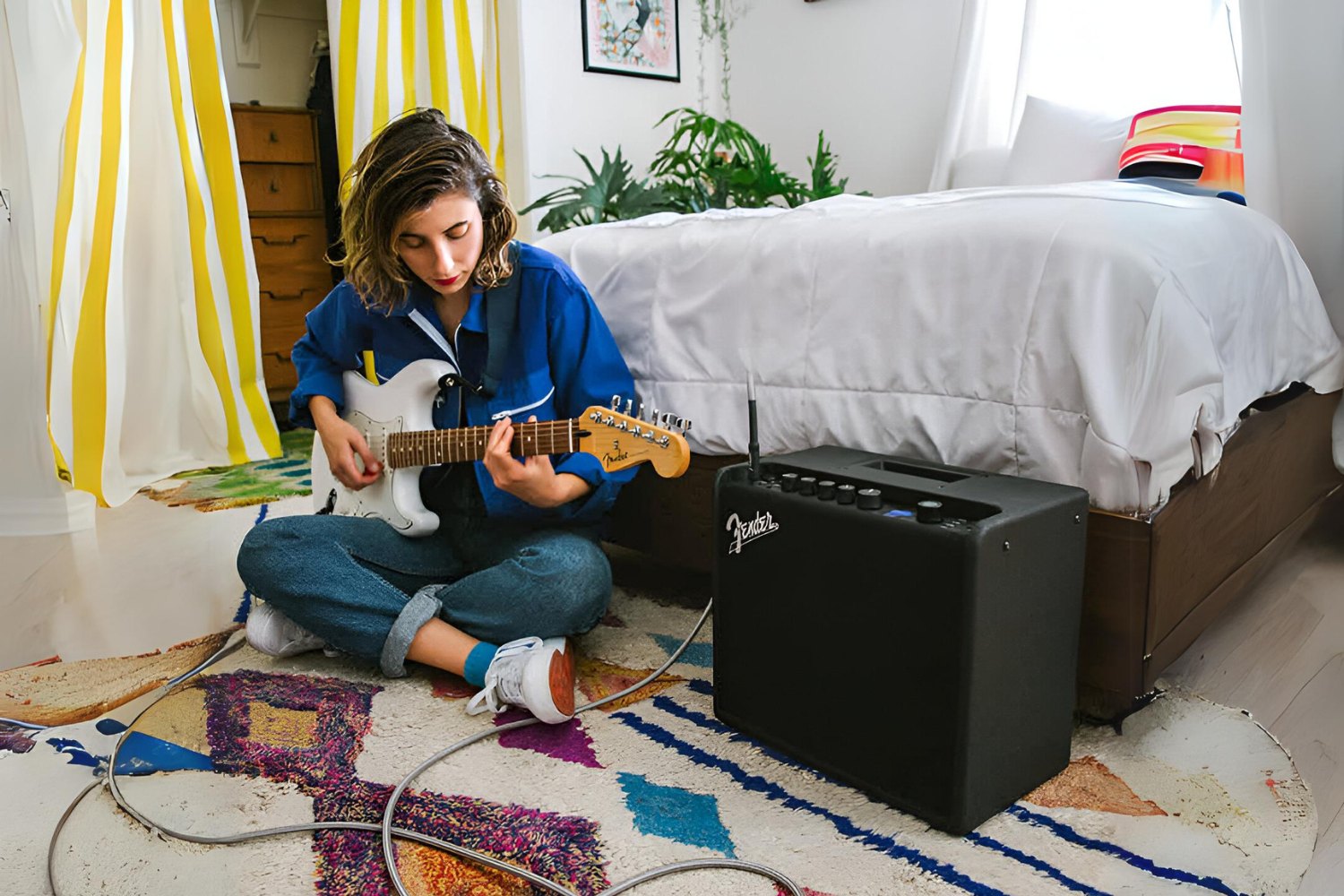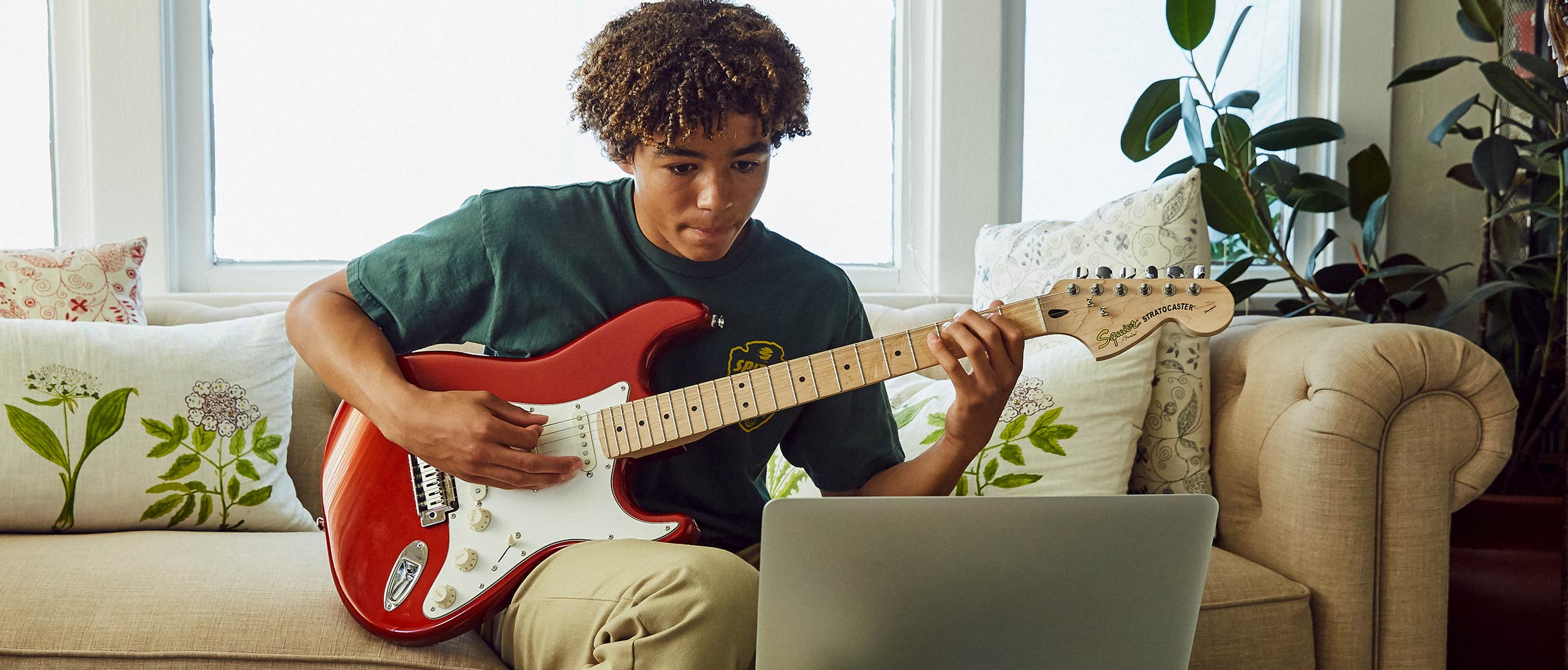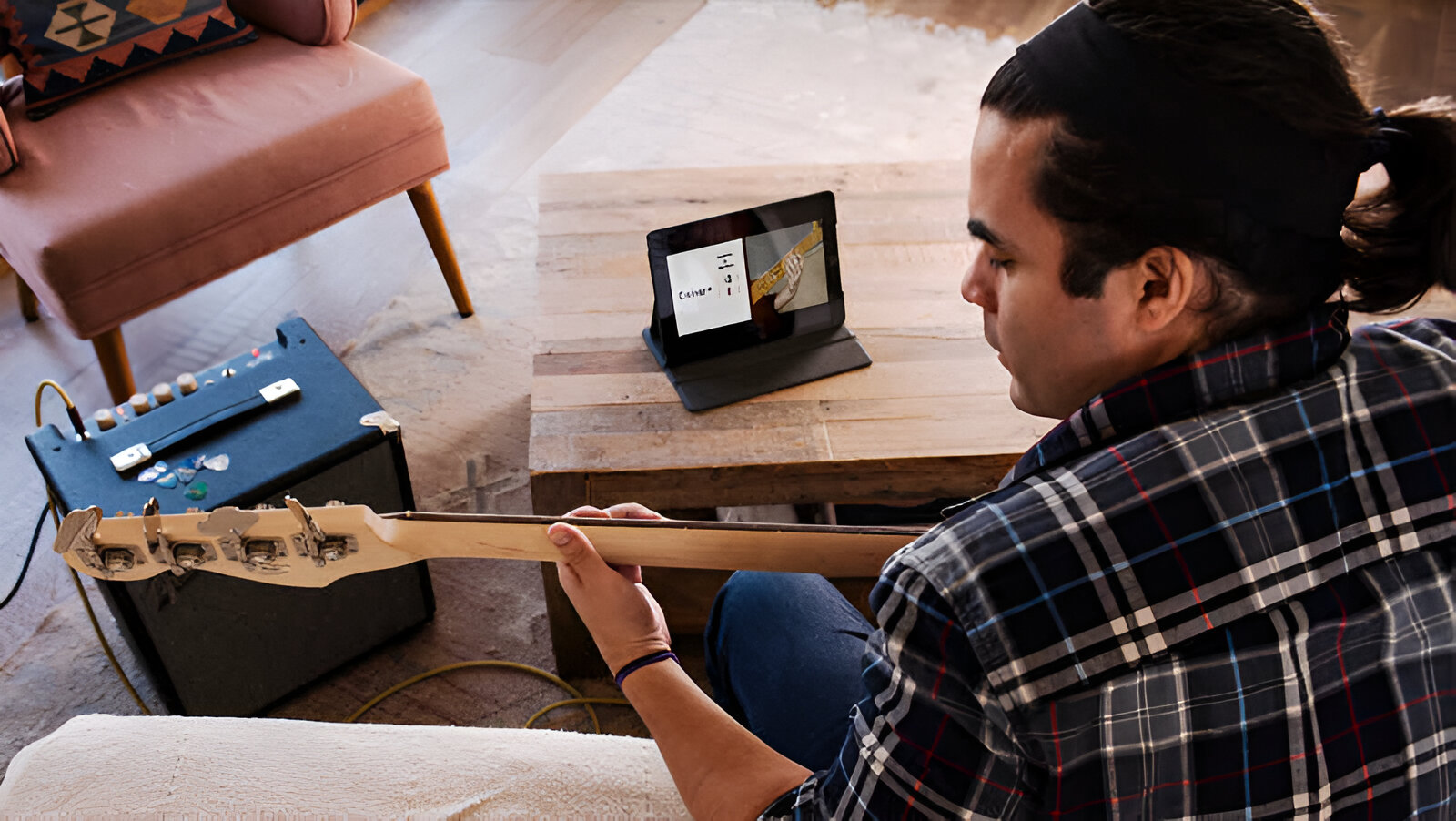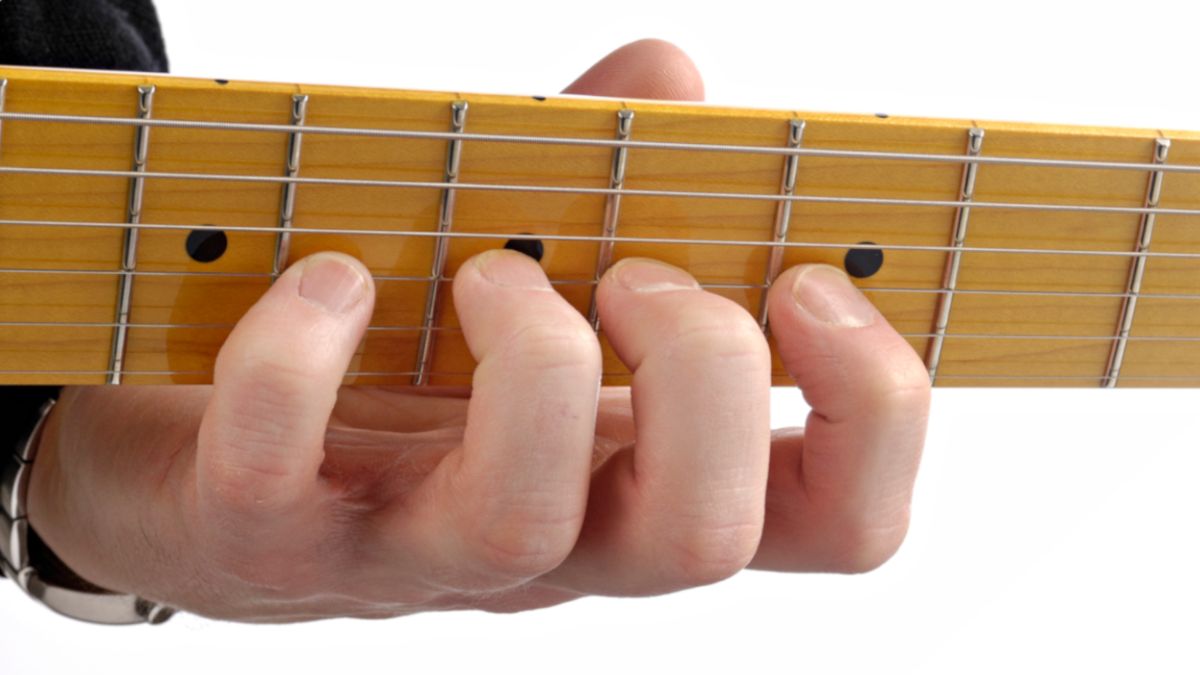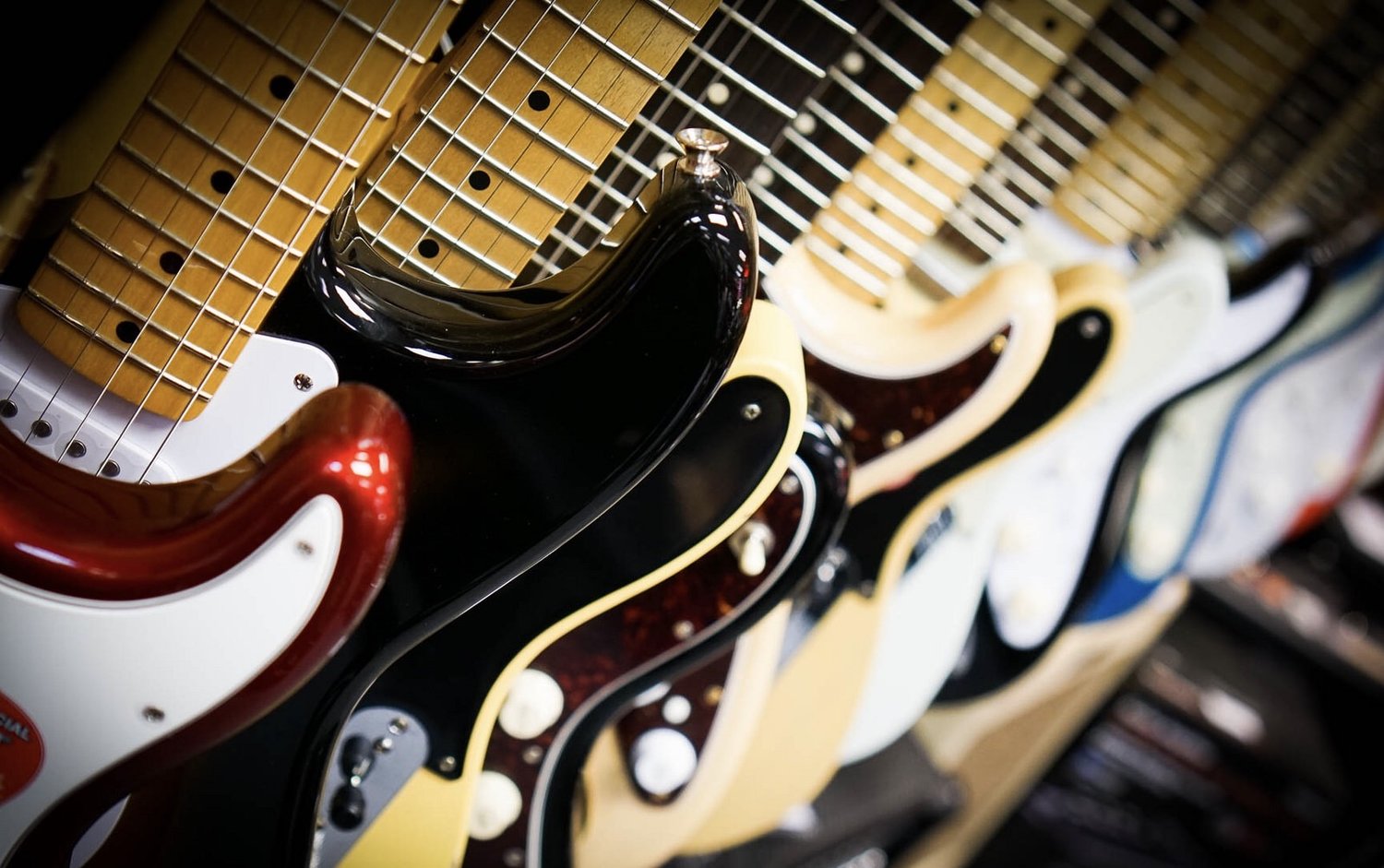Introduction
Introduction
So, you've decided to embark on a musical journey and learn to play the electric guitar. Congratulations! Learning to play an instrument can be an incredibly rewarding experience, and the electric guitar is no exception. Whether you're drawn to the soulful sounds of blues, the raw energy of rock, or the melodic intricacies of jazz, the electric guitar offers a versatile and dynamic platform for self-expression.
Learning to play the electric guitar by yourself can seem like a daunting task at first, but with the right guidance and resources, it's entirely achievable. In this guide, we'll explore the essential steps and strategies to help you navigate this exciting and fulfilling endeavor. From selecting the right guitar to mastering basic chords and scales, harnessing online tutorials, and finding a supportive community, we'll cover everything you need to know to kick-start your electric guitar journey.
Whether you're a complete novice or have some prior musical experience, this guide is designed to provide you with the knowledge and inspiration to begin your electric guitar odyssey. So, grab your instrument, tune up, and get ready to dive into the electrifying world of guitar playing!
Choosing the Right Electric Guitar
Choosing the Right Electric Guitar
When venturing into the realm of electric guitar playing, selecting the right instrument is a crucial first step. With a myriad of options available, it’s essential to consider several factors to ensure you find a guitar that suits your playing style and preferences.
Consider Your Musical Preferences:
Before making a purchase, take some time to reflect on the genre or style of music you aspire to play. Different guitar models are tailored to specific genres, such as blues, rock, metal, or jazz. For instance, if you’re drawn to the blues, a guitar with single-coil pickups may be ideal for achieving that classic, twangy tone, while those inclined towards heavy metal may prefer guitars with humbuckers for their powerful, distortion-friendly sound.
Explore Body Styles and Sizes:
Electric guitars come in various body shapes and sizes, each offering distinct tonal qualities and ergonomic features. For instance, the iconic Stratocaster boasts a contoured body that provides comfort during extended playing sessions, while the Les Paul’s solid body and thicker tone are favored by rock and blues enthusiasts. Consider visiting a music store to test different guitars and determine which one feels most comfortable and natural in your hands.
Set a Realistic Budget:
While it’s tempting to covet high-end, professional-grade instruments, it’s important to set a realistic budget based on your current financial situation. Fortunately, there are quality electric guitars available at various price points, catering to beginners and seasoned players alike. Remember, a well-maintained mid-range guitar can produce exceptional sound and serve as a reliable companion on your musical journey.
By carefully considering your musical preferences, exploring different body styles, and setting a practical budget, you can confidently choose an electric guitar that resonates with your artistic vision and sets the stage for an enriching learning experience.
Understanding the Basics of Electric Guitar
Understanding the Basics of Electric Guitar
Before diving into playing the electric guitar, it’s essential to familiarize yourself with its fundamental components and functionalities. Understanding the basics of the instrument will not only enhance your playing experience but also provide a solid foundation for further skill development.
Components of an Electric Guitar:
An electric guitar comprises several key components, including the body, neck, fretboard, pickups, bridge, and tuning pegs. Each element plays a crucial role in shaping the instrument’s sound and playability. Familiarizing yourself with these components will help you appreciate the instrument’s construction and make informed decisions when it comes to maintenance and customization.
Amplification and Effects:
Unlike acoustic guitars, electric guitars require amplification to produce sound. Understanding the basics of amplifiers, effects pedals, and signal chains is integral to shaping your desired tone. Experimenting with different amplifier settings and effects pedals will allow you to explore a wide spectrum of sounds, from clean and mellow tones to gritty overdriven textures.
Playing Techniques:
Electric guitar playing encompasses a diverse range of techniques, including picking, strumming, bending, sliding, and tapping. Each technique contributes to the instrument’s expressive potential, enabling you to convey emotion and creativity through your playing. Devoting time to mastering these techniques will empower you to navigate various musical styles and articulate your musical ideas effectively.
By understanding the components of an electric guitar, familiarizing yourself with amplification and effects, and honing essential playing techniques, you’ll lay a solid groundwork for your journey into the captivating world of electric guitar playing. Embrace this foundational knowledge as a springboard for your ongoing musical exploration and growth.
Learning Basic Chords and Scales
Learning Basic Chords and Scales
Mastering basic chords and scales is pivotal to developing a strong foundation in electric guitar playing. These fundamental building blocks form the backbone of countless songs and serve as the gateway to unlocking the instrument’s expressive potential.
Basic Chords:
Begin by familiarizing yourself with essential open chords such as A, C, D, E, and G. These foundational chords are prevalent in numerous songs across various genres and provide a solid starting point for chord proficiency. As you progress, venture into barre chords and power chords, which expand your harmonic vocabulary and enable you to play a broader range of musical styles with confidence.
Scale Patterns:
Exploring scale patterns, such as the pentatonic and blues scales, is instrumental in developing melodic fluency and improvisational skills. These scales serve as the bedrock for crafting captivating solos and lead lines, allowing you to infuse your playing with emotion and creativity. Dedicate time to practicing scale sequences and incorporating them into your playing repertoire.
Rhythm and Timing:
While learning chords and scales, pay close attention to rhythm and timing. Develop a strong sense of timing by practicing with a metronome and focusing on consistent strumming or picking patterns. Understanding rhythm is paramount to playing with precision and cohesion, whether you’re strumming through chord progressions or weaving intricate melodies.
By immersing yourself in the realm of basic chords and scales, you’ll lay a robust groundwork for musical exploration and expression on the electric guitar. Embrace these foundational elements as the stepping stones to unlocking your creative potential and delving into the rich tapestry of musical possibilities that the instrument offers.
Utilizing Online Resources and Tutorials
Utilizing Online Resources and Tutorials
With the digital age at our fingertips, aspiring electric guitarists have access to a wealth of online resources and tutorials that can significantly enhance their learning journey. Leveraging these resources effectively can provide valuable guidance, inspiration, and skill development opportunities.
Interactive Video Lessons:
Platforms such as YouTube, TrueFire, and JustinGuitar offer a vast array of video lessons catering to players of all skill levels. From beginner chord tutorials to advanced soloing techniques, these video resources provide visual and auditory demonstrations, allowing you to learn at your own pace and revisit concepts as needed.
Interactive Tablature and Notation:
Websites like Ultimate Guitar and Songsterr host an extensive collection of guitar tablature and notation for songs across various genres. Tablature provides a visual representation of where to place your fingers on the fretboard, making it an accessible and practical tool for learning new songs and expanding your repertoire.
Online Communities and Forums:
Engaging with online guitar communities and forums can be immensely beneficial for seeking advice, sharing experiences, and connecting with fellow enthusiasts. Platforms like Reddit’s r/guitar and dedicated Facebook groups foster a supportive environment where you can seek guidance, receive feedback on your playing, and stay updated on the latest gear and industry trends.
Virtual Jam Sessions and Backing Tracks:
Exploring virtual jam sessions and backing tracks online provides an opportunity to apply your skills in a musical context. Websites like JamTracks, as well as specific backing track channels on YouTube, offer a diverse selection of play-along tracks in various keys and styles, allowing you to practice improvisation and develop your musical ear.
By tapping into the abundance of online resources and tutorials, you can enrich your learning experience, broaden your musical horizons, and forge connections within the global guitar community. Embrace the digital landscape as a dynamic and accessible platform for honing your craft and nurturing your passion for the electric guitar.
Practicing Regularly and Setting Goals
Practicing Regularly and Setting Goals
Consistent and purposeful practice is the cornerstone of progress in mastering the electric guitar. By establishing a regular practice routine and setting achievable goals, you can cultivate discipline, enhance your skills, and stay motivated throughout your musical journey.
Establishing a Practice Schedule:
Designate specific time slots for practice sessions in your daily or weekly schedule. Consistency is key, so aim to practice for a manageable duration each day, whether it’s 20 minutes or an hour, to ensure steady improvement. Setting aside dedicated practice time reinforces the habit of regular engagement with the instrument.
Setting Attainable Goals:
Define short-term and long-term goals that align with your aspirations as a guitarist. Short-term goals could include mastering a particular chord progression, learning a new scale, or improving your speed and accuracy. Long-term goals might involve performing at an open mic night, recording a song, or joining a band. Setting clear and achievable goals provides direction and a sense of accomplishment as you progress.
Structured Practice Techniques:
Implement structured practice techniques to maximize the effectiveness of your sessions. This may involve focusing on specific exercises, scales, or songs, as well as incorporating elements of music theory and ear training. Breaking down complex techniques into manageable components and gradually increasing the difficulty of exercises can lead to steady skill development.
Tracking Progress and Adapting:
Keep a practice journal or utilize digital tools to track your progress and reflect on areas that require improvement. Recording short audio or video snippets of your playing can provide valuable insights into your development. Additionally, be open to adjusting your goals and practice routine based on your evolving interests and skill level.
By committing to regular practice and setting attainable goals, you can harness the power of deliberate and focused learning, leading to tangible progress and a deeper connection with the instrument. Embrace the journey of improvement and discovery, celebrating each milestone as you advance along the path of electric guitar mastery.
Experimenting with Different Techniques and Styles
Experimenting with Different Techniques and Styles
Exploring diverse playing techniques and musical styles is an exhilarating aspect of learning the electric guitar. Embracing versatility and venturing beyond familiar territory allows you to expand your musical palette and develop a well-rounded approach to playing the instrument.
Exploration of Playing Techniques:
Dive into a spectrum of playing techniques, including fingerstyle, palm muting, hammer-ons, pull-offs, and vibrato, among others. Each technique contributes to the nuances of your playing, enabling you to convey emotion and dynamics with finesse. Experimenting with these techniques fosters adaptability and enriches your expressive capabilities on the instrument.
Genre Exploration:
Delve into various musical genres to broaden your musical horizons. Whether it’s blues, rock, jazz, funk, or metal, each genre offers distinct stylistic elements and playing approaches. Immersing yourself in different genres not only cultivates versatility but also inspires creativity as you assimilate diverse musical influences into your playing.
Effects and Sound Exploration:
Experiment with a range of guitar effects and tones to sculpt your sonic identity. From overdrive and distortion to modulation and ambient effects, the sonic landscape is vast and ripe for exploration. Understanding how effects alter your guitar’s sound allows you to craft textures that complement different musical styles and moods.
Composition and Songwriting:
Engage in composition and songwriting to channel your creativity and musical ideas. Crafting original music provides an avenue for self-expression and encourages you to apply the techniques and styles you’ve learned in a personalized context. Whether it’s writing instrumental pieces or collaborating with vocalists and other musicians, composition nurtures your artistic voice.
By embracing a spirit of experimentation and venturing into diverse techniques, styles, and creative pursuits, you’ll cultivate a broad and adaptable skill set as an electric guitarist. Embrace the journey of discovery and innovation, allowing your musical curiosity to guide you toward new sonic frontiers and artistic heights.
Joining a Community or Finding a Mentor
Joining a Community or Finding a Mentor
Being part of a supportive community or finding a knowledgeable mentor can immensely enrich your journey as an electric guitarist. Whether it’s connecting with fellow enthusiasts, seeking guidance from experienced players, or collaborating with like-minded individuals, the benefits of community engagement and mentorship are invaluable.
Community Engagement:
Participating in local guitar clubs, online forums, or social media groups provides a platform for sharing experiences, seeking advice, and gaining inspiration. Engaging with a community of passionate guitarists fosters a sense of camaraderie, enabling you to exchange knowledge, discover new music, and stay motivated on your musical path.
Seeking Mentorship:
Finding a mentor, whether in-person or through virtual channels, can offer personalized guidance and constructive feedback tailored to your specific goals and skill level. A mentor can provide insights into technique refinement, music theory, performance, and overall musical development, accelerating your progress and fostering a deeper understanding of the instrument.
Collaborative Opportunities:
Collaborating with fellow musicians and aspiring guitarists presents opportunities for collective learning, creative exploration, and performance experiences. Whether it’s jamming with peers, forming a band, or engaging in online collaborations, shared musical endeavors can fuel inspiration, expand your musical perspective, and nurture a sense of artistic community.
Attending Workshops and Events:
Participating in guitar workshops, masterclasses, and live events provides exposure to diverse playing styles, instructional insights, and networking opportunities. Workshops led by accomplished guitarists and industry professionals offer immersive learning experiences and the chance to connect with a broader musical community.
By immersing yourself in a supportive community and seeking mentorship, you’ll tap into a wellspring of collective wisdom, encouragement, and collaborative potential. Embrace the opportunity to learn from others, share your own experiences, and foster meaningful connections within the vibrant tapestry of the guitar community.
Conclusion
Conclusion
Congratulations on embarking on the exhilarating journey of learning to play the electric guitar. Throughout this guide, we’ve explored essential steps and strategies to empower you in your pursuit of mastering this versatile and expressive instrument. From selecting the right guitar and understanding its components to delving into basic chords, scales, and diverse playing techniques, you’ve gained valuable insights to propel your learning forward.
By utilizing online resources and tutorials, embracing regular practice, and setting achievable goals, you’ve equipped yourself with the tools to navigate the learning process with purpose and dedication. Embracing a spirit of experimentation, genre exploration, and community engagement opens doors to a world of musical discovery and artistic growth.
As you continue your journey, remember that progress is a gradual and rewarding evolution. Embrace the challenges, celebrate the milestones, and stay open to the wealth of musical possibilities that await. Whether you find inspiration in the soulful sounds of blues, the raw energy of rock, or the melodic intricacies of jazz, the electric guitar is a canvas for your creativity and self-expression.
Seek out opportunities to connect with fellow guitarists, whether through local communities, online forums, or collaborative musical ventures. Engage with mentors and seek guidance from those who inspire you, and never underestimate the power of collective learning and shared musical experiences.
Above all, cherish the joy of playing and let your passion for music be the compass that guides your artistic journey. Whether you aspire to perform on stage, record your compositions, or simply find solace in the melodies you create, the electric guitar offers a boundless realm of sonic exploration and personal fulfillment.
So, pick up your guitar, let the music flow, and embrace the boundless possibilities that await you on this extraordinary musical odyssey. Your story as an electric guitarist is just beginning, and the chapters ahead are filled with the promise of creativity, growth, and endless musical discovery. Here’s to the remarkable journey that lies ahead, and may your love for the electric guitar continue to inspire and resonate with the world.









